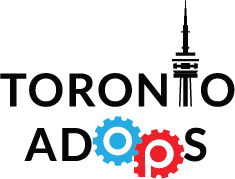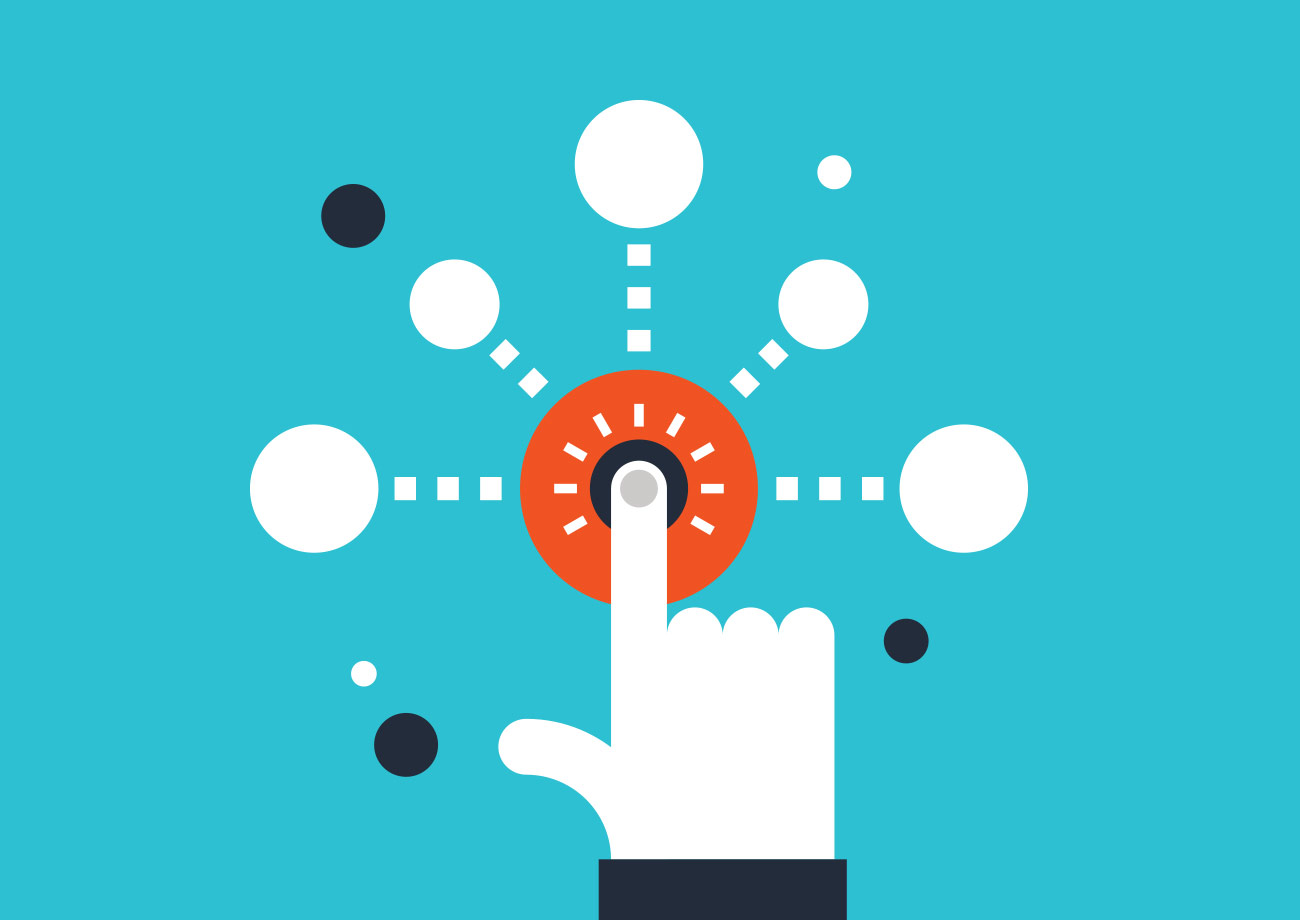By: Christine Benoit
With the technology available to us today at our fingertips, it’s very easy to get creative and execute media plans that can go above and beyond than ever before. Some clients still don’t reach out to their Programmatic Partners to build out a strong strategy before the planning stage. Providers can now activate a full dynamic creative campaign across multiple sites and deliver tailored (real time changing) ads to each consumer, but this deployment can be very complicated and not every client has the resources to execute this for their campaign. For campaigns that have an acquisition goal, having a strong retargeting strategy can amplify the ROI, by using a few different messages.
For brand marketers interested in increasing awareness and establishing market share, display can be a highly effective and measurable channel. A frequent complaint of the direct response crowd is that online display advertising doesn’t drive clicks at the same rate as paid search advertising, but clicks aren’t telling the whole story. Retargeted ads, even if they aren’t clicked, can provide brand lift. In a few studies, retargeted ads led to a 1000% increase or more; in branded search, a clear sign of heightened brand awareness and recall.
All acquisition campaigns should have a retargeting component but you can set this up to succeed even further.
Set up your main campaign with the creative message that drives the consumer to the site, to check out the product. This would be your main message. After the user clicks on your ad, or visits the site on their own, they will be added to the retargeting pool. In your main campaign, you should block your retargeting pool – this way your main campaign is only focusing on new users.
Your retargeting campaign should be set up separately – this message should be much stronger than the first original ad (ex: Don’t forget to buy, Get 10% off today, etc), with higher frequency caps (25 – 30 per month, per user). This pixel will be placed on the home page and any point of entry on the brand’s site. Now the user will see this ad, but the key is to make sure it’s different from the first ad and has a stronger call to action to bring them back. Most campaigns will have a retargeting tactic using the same creative that drove the user there in the first place. This can be executed much better to catch the consumer’s attention once again.
Lastly, you should have a 2nd retargeting pixel that lives ONLY on the shopping cart page, this pool will be much smaller. These are the users who made it to checkout but abandoned their shopping cart and if you retarget these users with a stronger discount/call to action they will be even more likely to come back and finish their purchase! This pool is the only pool that you need to offer the strongest discount to; you will notice with a strong message and offer you will get most of them back! Make sure to block this pool in your first retargeting campaign so they don’t get the main retargeting ad and you are not bidding against your first pool. If you offer a discount to the first pool, than the discount for the shopping cart pool should be even better (ex. 20% off, limited time only). You don’t want to give the best discount to everyone, just the ones you know have the highest propensity to convert.
In all three campaigns, you should be blocking the users that already converted so you are not wasting impressions and annoying them. (You can use your conversion pool to promote new products or upsell users who have already bought, by retargeting them with new products or loyalty ads in the future.)
A strong retargeting strategy with ads that are tailored to speak to the specific pools will help your overall eCPA, resulting in driving more sales.
Only have one media partner running the campaign due to the retargeting component. Running retargeting campaigns with multiple providers has a number of serious drawbacks. If you run with multiple providers, each provider will be bidding for the same spots on the same websites, driving up media costs and decreasing the chances each has to serve ads to your users. You may also run into difficulties effectively implementing frequency caps, as each retargeting provider will be operating independently.
If you’re new to retargeting and you want to test the waters with different providers, it’s more effective to run tests in subsequent months using one provider at a time. You’ll have a better sense of which campaign actually performed better without skewing your results. This works great for e-commerce brands.
Exploring these options and constant testing, will help increase your ROI and drive your display campaign to work harder.

